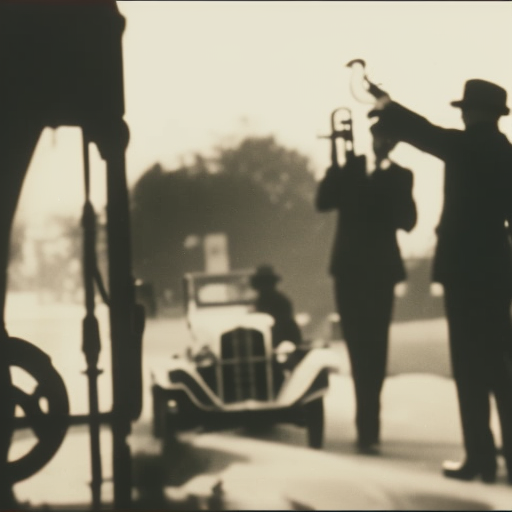Jazz Age in the 1920s
The Jazz Age in the 1920s was a vibrant and transformative period in American history characterized by the rise of jazz music, the emergence of new cultural trends, and significant social changes. This era, also known as the Roaring Twenties, witnessed a shift in societal attitudes, as traditional values clashed with the desire for modernity and liberation.
The Rise of Jazz Music
Jazz music, with its roots in African American communities, gained immense popularity during the 1920s. It was characterized by its lively rhythms, improvisation, and syncopation. Jazz musicians such as Louis Armstrong, Duke Ellington, and Bessie Smith became household names, and their music was played in clubs, speakeasies, and dance halls across the country. The energetic and infectious nature of jazz music reflected the spirit of the Jazz Age and became a symbol of rebellion against traditional norms.
Prohibition and Speakeasies
One of the defining features of the 1920s was Prohibition, a nationwide ban on the production, sale, and distribution of alcoholic beverages. However, the ban did not stop people from consuming alcohol. Instead, it gave rise to illegal establishments called speakeasies, where people gathered to drink, dance, and socialize. These hidden venues became hotspots for jazz music, as musicians found employment in these establishments. Speakeasies became a symbol of defiance against the government and the restrictive social norms of the time.
Flappers and Changing Gender Roles
The Jazz Age witnessed a significant shift in gender roles, with the emergence of the “flapper” as a new archetype of young, independent women. Flappers were known for their short bobbed hair, fashionable clothing, and rebellious attitudes. They challenged traditional notions of femininity by openly expressing their sexuality, drinking alcohol, and participating in activities previously considered inappropriate for women. The flapper embodied the desire for freedom and liberation from societal constraints.
Technological Advancements and Mass Media
The 1920s saw remarkable advancements in technology, which had a profound impact on society. The widespread adoption of electricity, the invention of the radio, and the introduction of motion pictures revolutionized communication and entertainment. The radio, in particular, played a crucial role in popularizing jazz music and disseminating new cultural trends. It allowed people from all walks of life to access the latest music, news, and entertainment, contributing to the homogenization of American culture.
The Harlem Renaissance
The Jazz Age coincided with the Harlem Renaissance, a cultural and intellectual movement centered in Harlem, New York City. African American artists, writers, and musicians flourished during this period, contributing to the development of a distinct African American cultural identity. Figures such as Langston Hughes, Zora Neale Hurston, and Duke Ellington emerged as prominent voices, challenging racial stereotypes and celebrating African American heritage. The Harlem Renaissance played a crucial role in shaping the cultural landscape of the 1920s and beyond.
The Wall Street Crash and the End of the Jazz Age
The economic prosperity of the 1920s came to a crashing halt with the Wall Street Crash of 1929, which marked the beginning of the Great Depression. The stock market crash led to widespread unemployment, poverty, and a decline in cultural and artistic activities. The Jazz Age, with its emphasis on excess and frivolity, came to an abrupt end as the nation grappled with the devastating economic consequences of the crash.
In conclusion, the Jazz Age in the 1920s was a transformative period in American history characterized by the rise of jazz music, the emergence of new cultural trends, and significant social changes. It was an era of rebellion against traditional values, with the flapper symbolizing the desire for freedom and liberation. Technological advancements, such as the radio and motion pictures, played a crucial role in disseminating new cultural trends, while the Harlem Renaissance celebrated African American culture and identity. However, the Wall Street Crash of 1929 marked the end of the Jazz Age, as the nation faced the challenges of the Great Depression.












